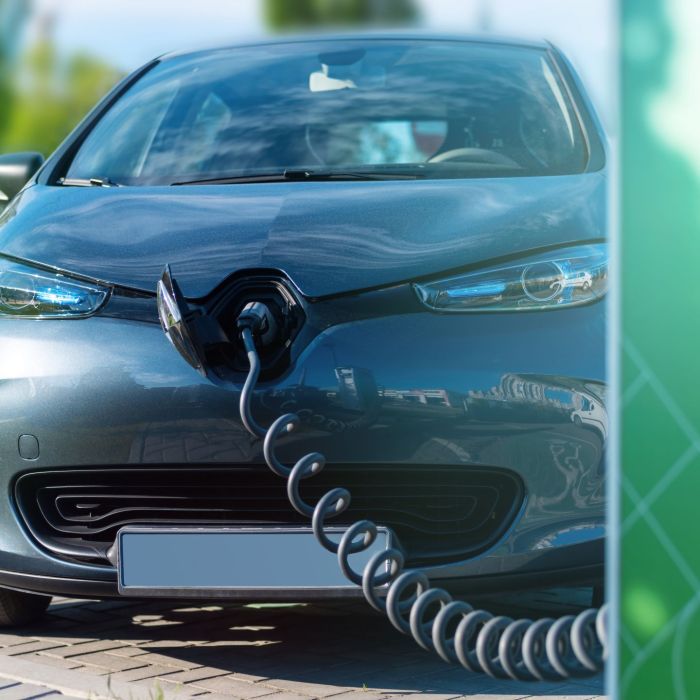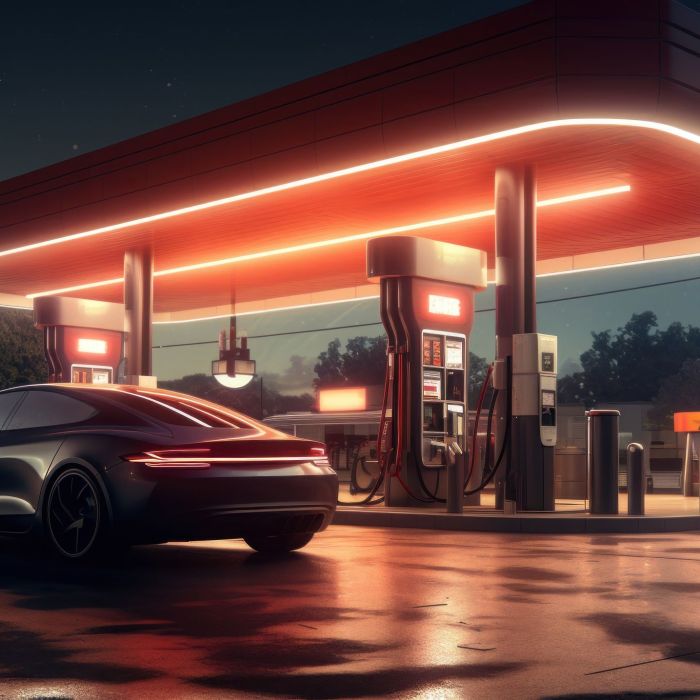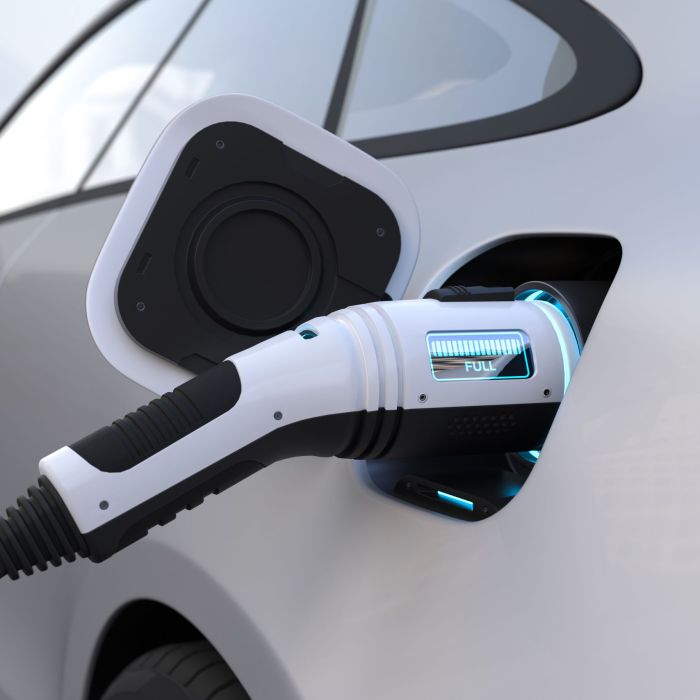If you’re in the market for a high-quality used car, you’re in good company. Many drivers are realizing the advantages of buying a pre-owned vehicle instead of a new one. Used cars are often more affordable because the previous owner has already absorbed the depreciation. They can also be less expensive to insure and allow buyers to enjoy features they may not otherwise be able to afford. However, it’s crucial to know what to look for in a used car to ensure you’re getting the best value. Follow this guide to help you find a car that meets your needs at a price you can afford.
Before You Start Shopping
Before diving into the process of buying a used car, it’s important to understand your budget. Consider your down payment, trade-in value, and monthly payments. A good rule of thumb is that your total car expenses should account for 10-15% of your monthly income. You should also think about what features are most important to you. Do you need a practical commuter car, or are you looking for a durable truck for hauling? The more you understand your specific needs, the better prepared you’ll be to find a car that suits your lifestyle.
What to Look For in a Used Car
When shopping for a used car, it’s essential to look beyond just the price, mileage, safety features, and appearance. While these are all important factors, there are additional details to consider. After all, a used car has a history, and understanding that history can make a significant difference in your overall satisfaction, safety, and financial investment. Here’s your checklist to help you evaluate a used car thoroughly:
Service and Maintenance Records
When purchasing a used car from a private seller, you may or may not receive maintenance records. Many drivers fail to keep track of service documentation, or in some cases, the car may not have been properly maintained. Fortunately, vehicle history reports tied to the VIN can provide valuable insights. These reports may include:
- Service history
- Title information
- Parts replacements
- Fluid and filter changes
- Engine, transmission, and body repairs
- Suggested maintenance check-ups
- Accident or damage history
Interior Inspection
Check the interior thoroughly for any damage. Look for stains, tears, or cracks on the seats, dashboard, headliner, and carpets. Check for any missing or broken knobs, buttons, or components. If you notice damage, consider whether it’s something you can live with or use it as leverage for negotiating a better price. Don’t forget to test the electronics and mechanical elements that impact safety, comfort, and convenience. Here’s what to check inside the car:
- Turn the ignition to auxiliary to ensure all warning lights come on.
- Start the car and confirm that all warning lights go off.
- Test the turn signals, emergency flashers, and interior lights.
- Check the windshield wipers, washer fluid, and air conditioning system.
- Ensure that the side and rearview mirrors are functional.
- Operate the windows and sunroof to verify they’re working smoothly.
- Test the radio, speakers, and all audio functions.
- Make sure the door locks work and the doors open and close properly.
- Adjust the seats to test their functionality.
Under the Hood
Much of the wear and tear on a used car happens out of sight, so it’s crucial to inspect under the hood. After completing the interior inspection, open the hood and check the following:
- Listen for any unusual sounds or revving, then turn the car off.
- Check the date on the car battery (average battery lifespan is 3-5 years).
- Wait for the engine to cool down before proceeding.
- Examine fluid levels for the oil, coolant, transmission, brake, and steering fluids.
- Inspect belts and hoses for signs of wear, cracks, or damage.
Exterior Check
When evaluating the exterior of a used car, walk around the vehicle to look for scratches, chips, or fading. Mismatched paint may indicate prior repairs or damage. Also, assess the following:
- Ensure that the body panels are aligned properly, as uneven gaps can suggest prior accidents.
- Check the tires for damage and proper inflation. Make sure the tires aren’t mismatched.
- Examine the tread life remaining on the tires.
- Open the doors and trunk to inspect the frame for rust or damage.
- Confirm that the car includes a spare tire, jack, and necessary tools.
Test Drive
The test drive is where you truly get a feel for the car. This is your opportunity to evaluate its performance and see if it’s the right fit for you. Here’s how to make the most of the test drive:
- Start the car and drive with the radio off to better hear the engine and any potential issues.
- Test the car on both smooth and rough roads to listen for noises like squeaking or clunking.
- Ensure that all gears (especially reverse in a manual transmission) shift smoothly.
- Press the brakes firmly to check for any unusual sounds and ensure the pedal feels firm.
- Check the temperature gauge to ensure it stays in the safe range.
Final Tips
Make sure to bring along a checklist, including a vehicle history report, and research the car’s value through resources like Kelley Blue Book or Edmunds. Keep your budget in mind and be clear about your must-have features. Armed with all the information and this comprehensive guide, you’ll be in a great position to get the best deal on a reliable used car. Whether you’re buying from a dealer or a private seller, these steps will help ensure you find a high-quality used car that suits both your needs and your budget.






